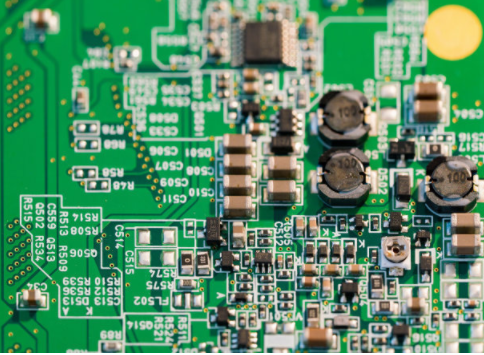PROTEL99 electrical layer is divided into two types, positive and negative layers, which have completely different properties and methods of use. The positive film layer is usually used to run pure wires, including outer and inner wires. The negative layer is mainly used for PCB manufacturing ground and power layers. Because the formation and power layer in the multi-layer board is generally used as a whole piece of copper as a line (or as several larger divided areas), if an intermediate layer is used, that is, the painting of the front layer must be realized by laying copper. It will make the entire design data volume very large, which is not conducive to the other side. The negative film only produces flower holes (thermal PAD) at the external and internal connections, which is very beneficial to PCB design and data transmission.

Adding and deleting inner layers In PCB design, sometimes you will encounter the situation of changing the board layer. If you change the more complex double panel to four layers, or upgrade the signal requirements of the PCB multi-layer board to six layers, and so on. A new electrical layer is needed, which can be completed as follows: Design layer STACK MANAGER, the left side is a schematic diagram of the current cascade structure.
Click to add a layer above the new layer position, such as the top, and then click Add LAYER (positive) or add PLANE (negative) on the right to complete the new layer addition. Note that if you add a layer to a flat (negative) layer, make sure to assign the corresponding network to the new layer (double-click the layer name)! There can only be one distribution network (the general layer is assigned a GND). If you want to add a new network to this layer, such as the power layer, it is necessary to split the inner layer in the following operation to achieve it, so here first To allocate more connection networks.
If you click "Add Layer", an intermediate layer (front) will be added, which is applied in exactly the same way as the outer line. If you want to apply a hybrid electrical layer, that is, wiring and power of the large copper surface method, you must use an additive layer to generate the positive layer to be designed.
There are two large-scale copper electrical connections for internal electrical layer division (not including the placement of FILL). One is for Polygon PLANE, that is, ordinary copper cladding. This command can only be applied to positive layers, including Topbotmidlayer, and the other is to split PLANE. That is, the inner layer is divided. This command can only be applied to the negative layer, that is, the inner PLANE. Attention should be paid to distinguish the scope of use of these two commands.
Modify the split copper line command: edit-move-split PLANE vertex There is another problem to note here: if you have multiple sets of power supplies in your PCB design, you can use the inner layer segmentation in the power layer to distribute the power network. The command used here is: Place the split PLANE, set the layer in the dialog box, and specify the split to allocate the network when connected to the network, and then place the split area according to the copper paving method. After the placement is completed, the corresponding mesh in the zone area will automatically generate a flower hole pad, which completes the electrical connection of the power layer. You can repeat this step until all power is allocated. When the internal power layer needs to allocate more networks, it is more troublesome to divide the inner layer, and some PCB technology is needed to complete it.